We, Kiversal, are proud to introduce the new OPTIX.
Optix is an innovative digital vision control system, coupled with our well-known Audixi10 audiometer. Keep reading this article to learn everything about it.
Vision Control
First of all, what is a vision control?
Optix is the best solution in preventive medicine for vision screening. It is a digital and ultra-portable device that thanks to new technologies and user experience allows to detect vision problems and evaluate the main parameters of visual function through different visual tests displayed on a very intuitive touch screen.
It is the ideal complement to your audiometer, Audixi 10. Thanks to the integration of data it allows you to manage both functions (optical and auditory) from the audiometer itself (acting as remote control) and the tablet (the screen where the tests will be displayed).
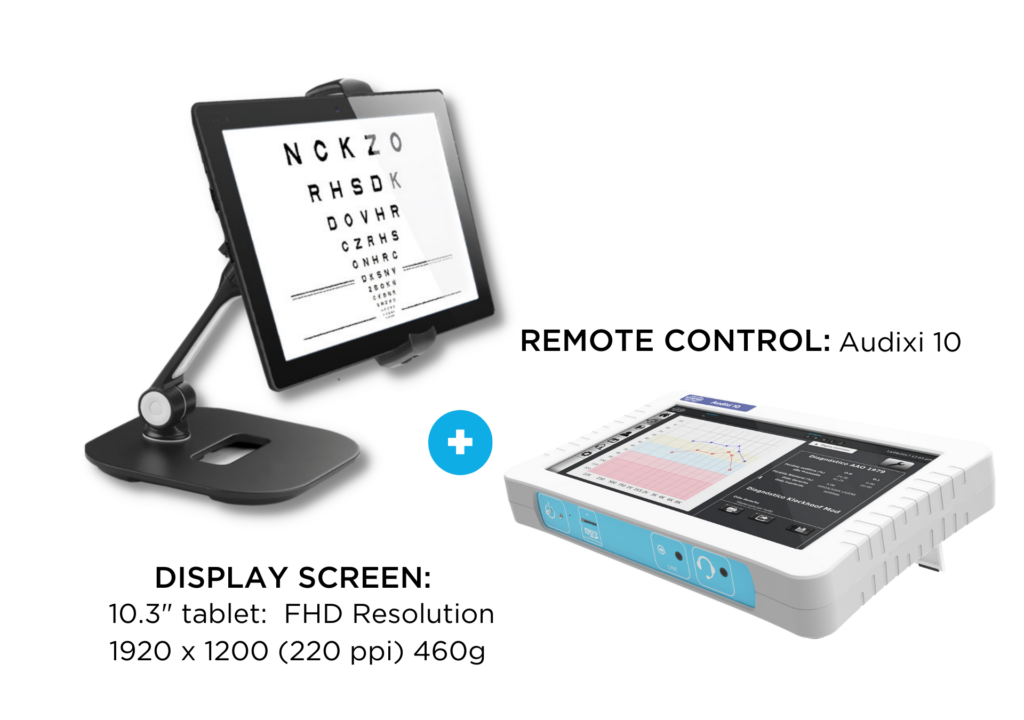
Visual tests
The visual test is a simple, non-invasive optometric test to measure visual acuity.
Visual Acuity
When we talk about Visual Acuity we refer to the ability of our vision to identify and distinguish details of an object in a clear way thanks to specific tests with determined parameters (such as size, contrast, illumination and distance).
Depending on the distance at which the patient is located, we distinguish two variants: far and near.
The Optotypes are the characters used, which can be presented in decimal scale or logarithmic scale (LogMar: Logarithm of the arcminute of resolution):
- SNELLEN Optotype: It was the first standardized optotype to evaluate visual acuity, devised by Snellen (1862). It is composed of 11 rows of letters ranging from larger to smaller size.
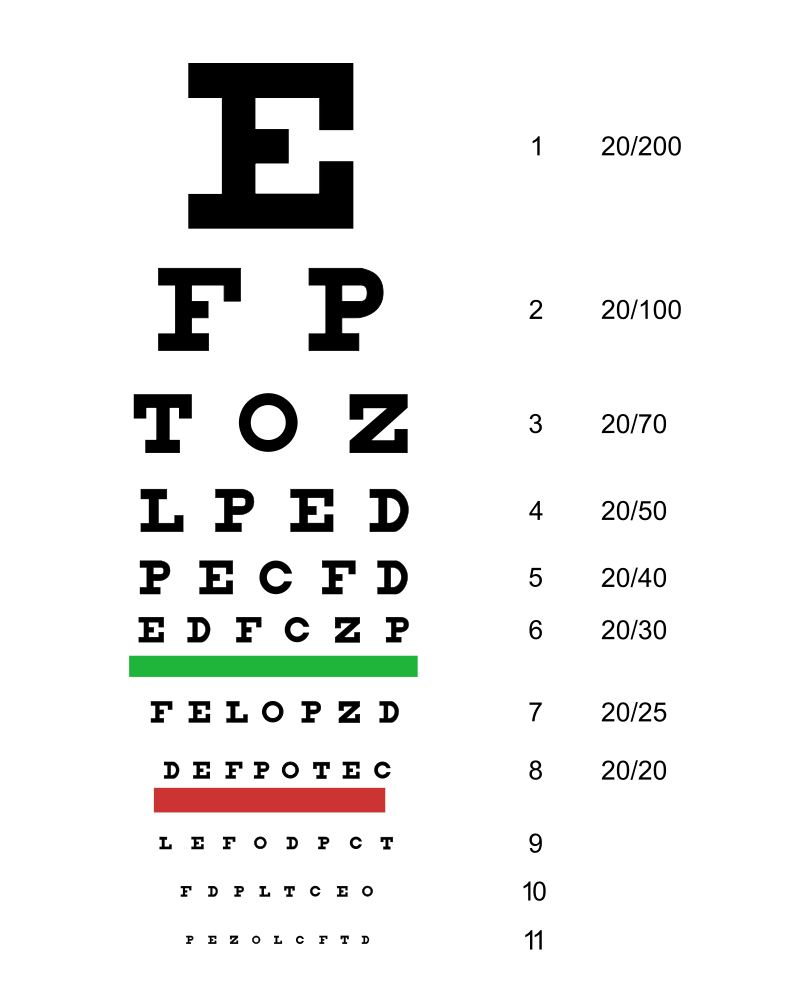
(Snellen Optotype).
- SLOAN Optotype: 10 letter sans serif family (CDHKNORSVZ) designed on a 5 × 5 grid (1959).
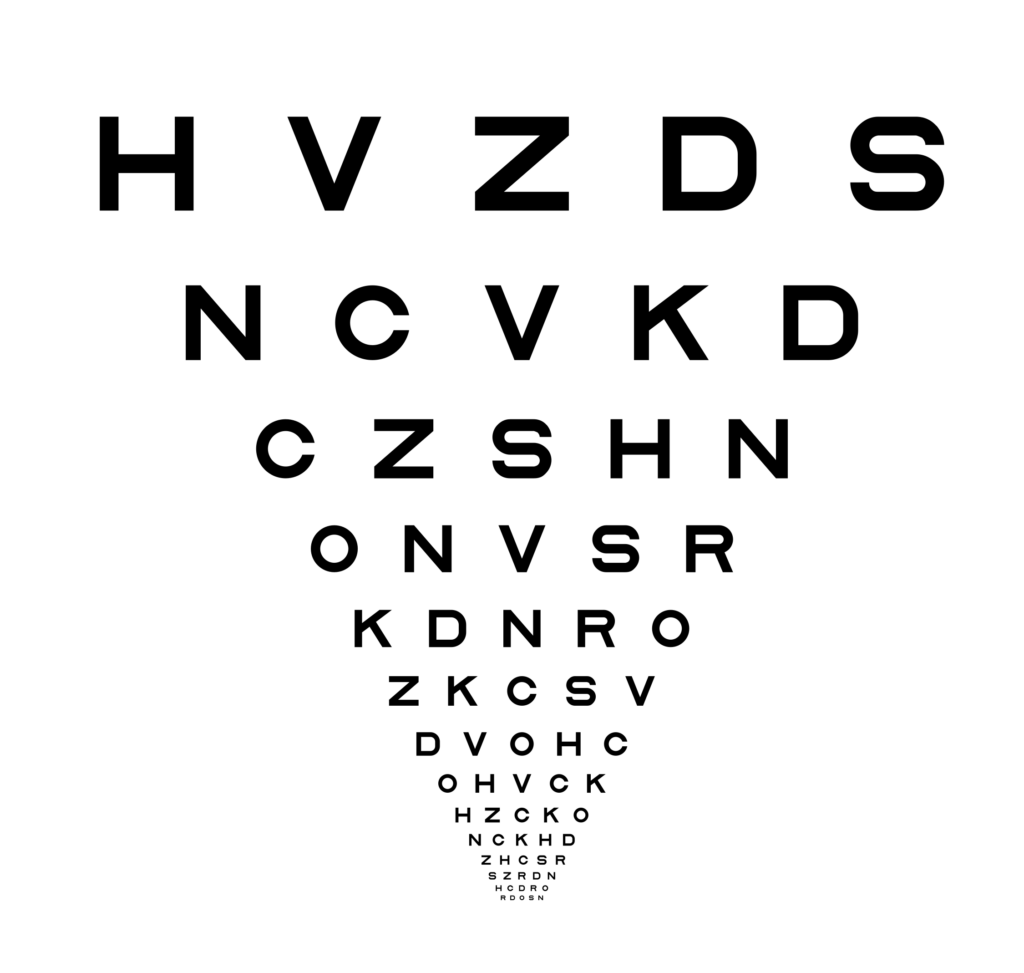
(Sloan Optotype).
- Landolt Optotype: consisting of circular characters with a non-continuous layout presented in rows, therefore, the patient has to resolve where the discontinuity is.

(Landolt Optotype).
Other optotypes worth mentioning are numerals, E-Snellen, LEA Symbols, LEA Numbers and HOTV.
Visual Reading Acuity
There are several possibilities for assessing reading visual acuity. We have chosen the Radner test because it allows simultaneous assessment of near visual acuity along with the speed and reading ability to interpret a continuous text. The Radner test consists of 24 sentences of 14 words each comprising 22-24 syllables (82-84 characters).

Astigmatism
Astigmatism consists of an irregular curvature of the cornea. So that the focal point is not evenly distributed between the meridians, but the light is refracted differently resulting in two different focal lines. Causing blurred vision, eyestrain, headaches, etc.
The hour circle test includes grouped black lines with different orientations. The patient should indicate if he/she sees variations in the sharpness or tone of the lines or if they are all equally sharp.
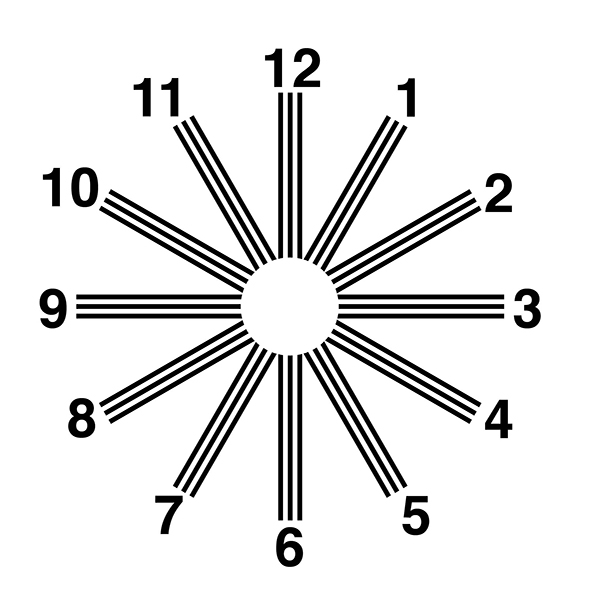
Color perception
It is used to assess the existence of color blindness (from confusion between certain shades of green and red, to no color distinction).
The Ishihara test evaluates the congenital alteration of color vision. The patient must correctly distinguish all the numbers shown.
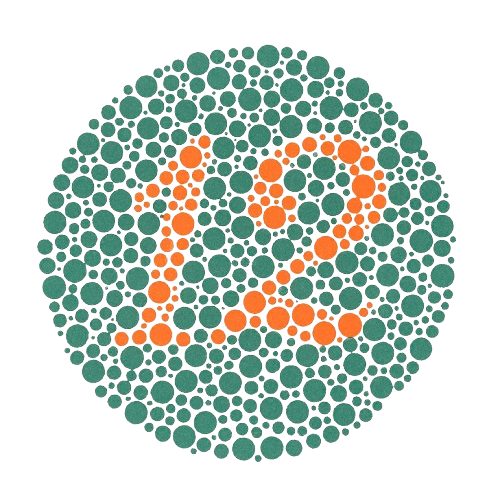
Foria test
It allows to detect with accuracy affectations of the muscular balance that intervenes in the alignment and fixation of the vision.
Phoria is a deviation of the visual axes manifested in the absence of a visual stimulus, in an induced, relaxed state, in which the eyes eventually lose their coordination.
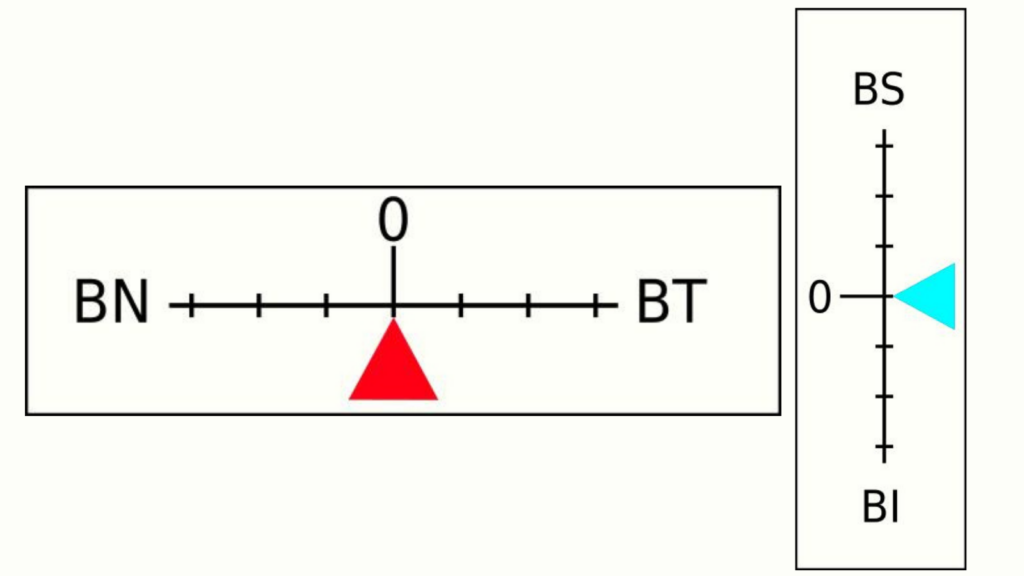
Fusion Test
The Worth test evaluates the state of binocular vision, i.e. the ability of plane fusion or second degree of near and far vision.
The patient should indicate the number of objects he/she sees at any given moment.

Stereopsis
Stereopsis is a binocular work in which each eye perceives the image of an object slightly different (disparity) from that of the other eye, seen from a different angle of vision. The brain combines these two images to achieve a stereoscopic vision that creates the sensation of depth.
With the TNO test we seek to evaluate the degree of detail with which you can perceive objects in three dimensions.
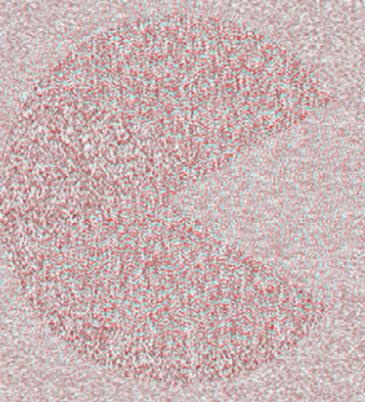
Did you know about all these tests? Find out more about Optix, or request information here.

Absolutely loved this blog on training your ears to hear better! It’s a testament to the power of continuous learning and improvement in an often-overlooked aspect of our lives: our auditory perception.
Thanks for the feedback!